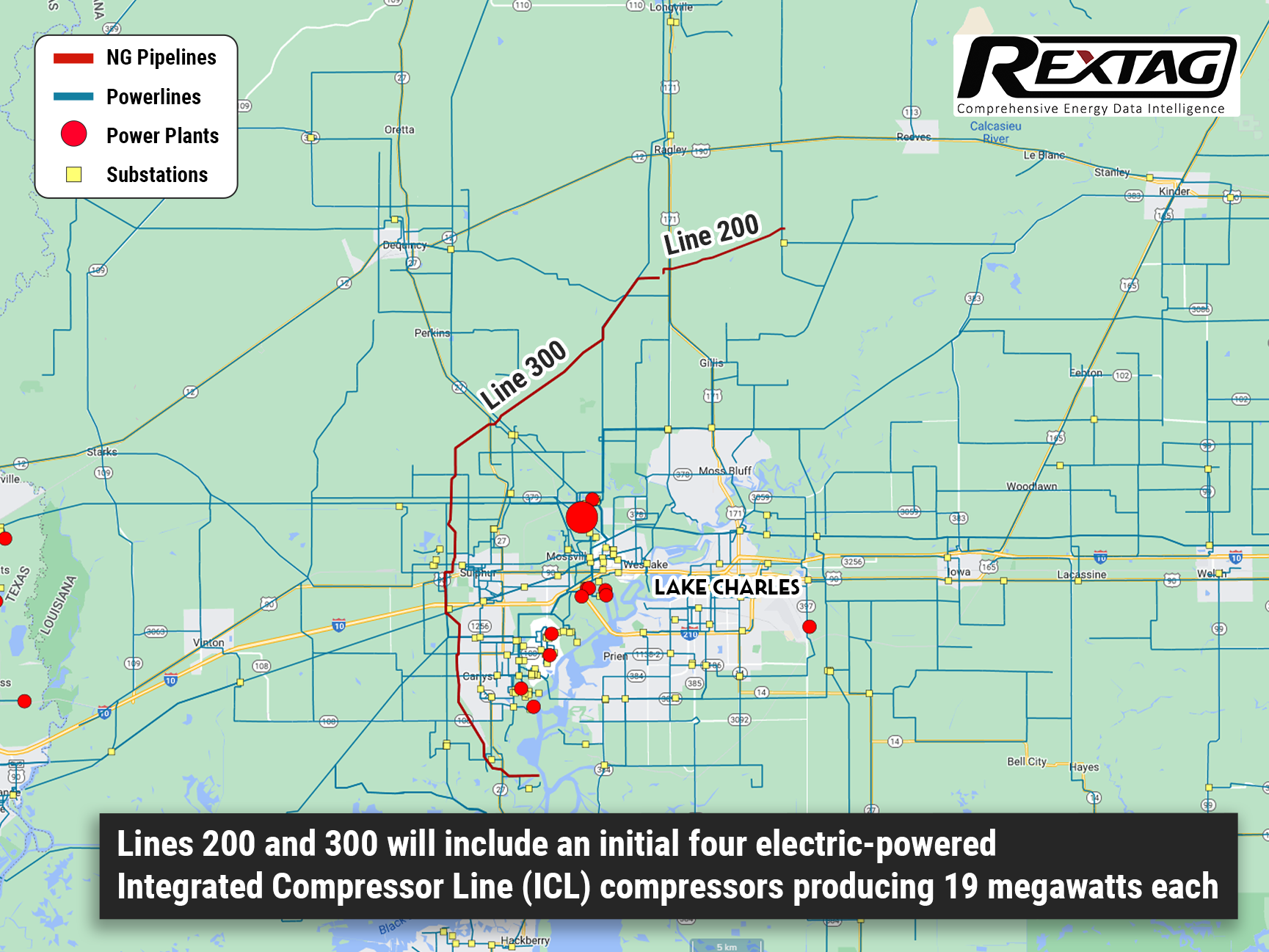Blog
Since days when shale oil and gas technologies were discovered, the U.S. energy industry has been evolving more rapidly than ever before. Many changes are amazing especially when you put them on an industry map. At Rextag not only do we keep you aware of major projects such as pipelines or LNG terminals placed in service. Even less significant news are still important to us, be it new wells drilled or processing plants put to regular maintenance.
Daily improvements often come unnoticed but you can still follow these together with us. Our main input is to “clip it” to the related map: map of crude oil refineries or that of natural gas compressor stations. Where do you get and follow your important industry news? Maybe you are subscribed to your favorite social media feeds or industry journals. Whatever your choice is, you are looking for the story. What happened? Who made it happen? WHY does this matter? (Remember, it is all about ‘What’s in It For Me’ (WIIFM) principle).
How Rextag blog helps? Here we are concerned with looking at things both CLOSELY and FROM A DISTANCE.
"Looking closely" means reflecting where exactly the object is located.
"From a distance" means helping you see a broader picture.
New power plant added in North-East? See exactly what kind of transmission lines approach it and where do they go. Are there other power plants around? GIS data do not come as a mere dot on a map. We collect so many additional data attributes: operator and owner records, physical parameters and production data. Sometimes you will be lucky to grab some specific area maps we share on our blog. Often, there is data behind it as well. Who are top midstream operators in Permian this year? What mileage falls to the share or Kinder Morgan in the San-Juan basin? Do you know? Do you want to know?
All right, then let us see WHERE things happen. Read this blog, capture the energy infrastructure mapped and stay aware with Rextag data!
Baker Hughes To Help Driftwood Pipeline Decarbonize Its Lines 200 and 300 Projects
According to a press announcement on June 29, Baker Hughes got a contract to supply electric-powered Integrated Compressor Line (ICL) decarbonization technology and turbomachinery equipment for an upcoming natural gas transmission project by a subsidiary of Tellurian Inc. – Driftwood Pipeline LLC. Driftwood Pipeline decided that the projects of Lines 200 and 300 would be situated in Beauregard and Calcasieu Parishes in southwest Louisiana and it will be the first time when Baker Hughes installs its ICL technology for pipeline compression in North America. Joey Mahmoud, president of Tellurian Pipelines, says the company expects that the project will give upwards of 5.5 Bcf of natural gas every day, with virtually no emissions. As a part of the agreement, Tellurian makes the initial $240 million pipeline investment as part of the broader Driftwood Pipeline system, which will keep enhanced supply reliability to meet the area’s projected industrial enlargement in a purer, more sustainable way. Baker Hughes has installed over 50 ICL units across the different pipeline and offshore applications, mainly in Europe. The compressors exert a reduced environmental footprint because their hermetically sealed casing prevents emissions from obviating. It is important to mention, that they require minimal downtime as magnetic bearings are resulting in more efficient operations and low maintenance.
